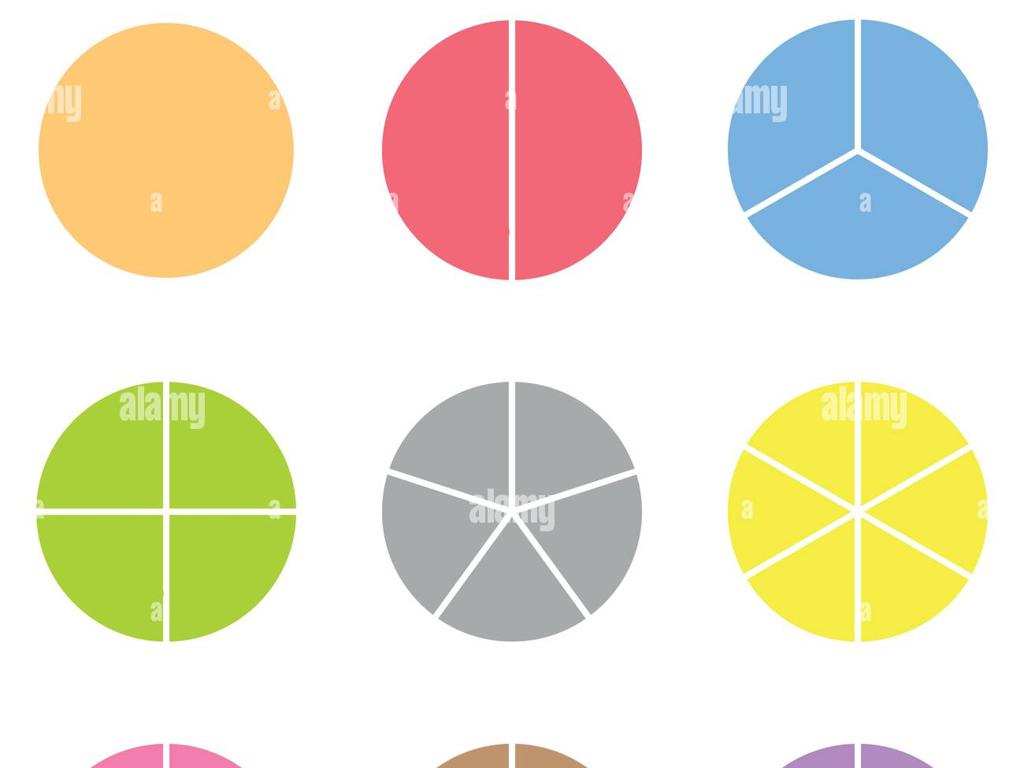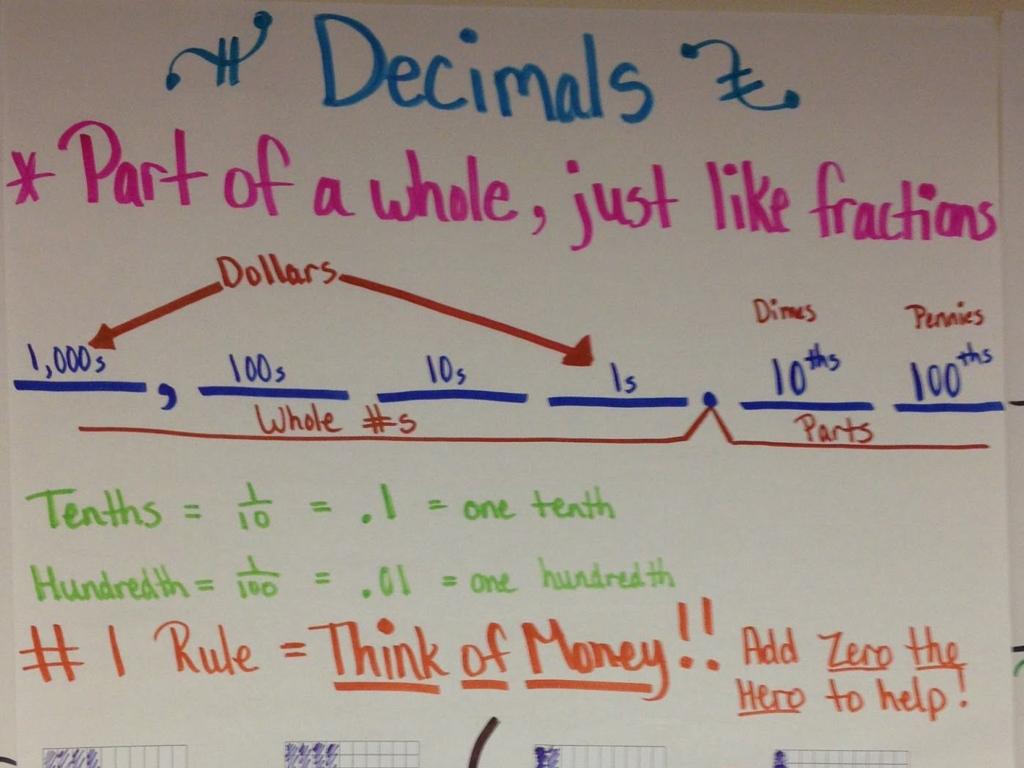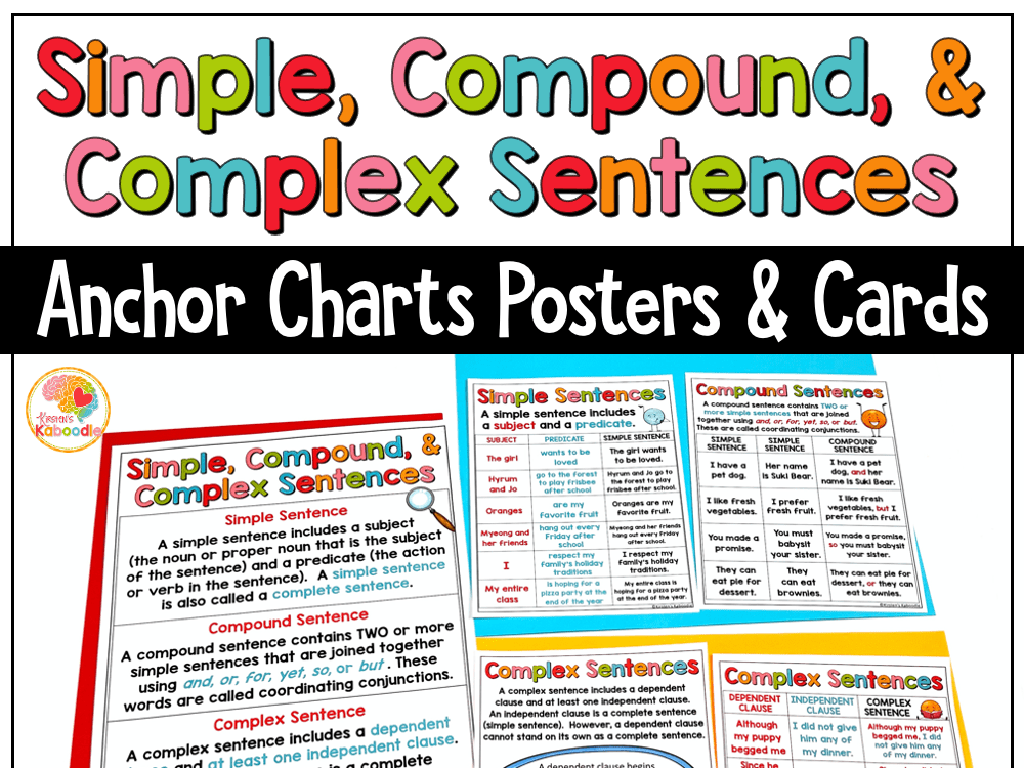Unit Fractions: Modeling Word Problems
Subject: Math
Grade: Third grade
Topic: Fraction Word Problems
Please LOG IN to download the presentation. Access is available to registered users only.
View More Content
Today’s Adventure: Unit Fractions!
– Exploring fractions with stories
– Stories help us grasp fractions easily
– Defining a unit fraction
– A unit fraction has 1 as the numerator
– Unit fractions in everyday life
– Like sharing a pizza equally among friends
– Practice with unit fractions
|
This slide introduces the concept of unit fractions to third-grade students by using storytelling to make the abstract concept more concrete and relatable. Begin by explaining that a unit fraction is a type of fraction where the top number (numerator) is always one. It represents one part of a whole that is divided into equal parts. Use everyday examples like sharing a pizza or a chocolate bar to illustrate how unit fractions appear in real life. Encourage students to think of their own examples. The practice activity could involve dividing objects into equal parts and identifying the unit fraction that represents one part of the whole. This approach aims to build a strong foundational understanding of fractions in a fun and engaging way.
Understanding Unit Fractions
– A fraction is part of a whole
– Numerator & denominator explained
– Top number (numerator) is 1 in unit fractions, bottom number (denominator) tells how many parts the whole is divided into
– Example: 1/2 as a unit fraction
– 1/2 means 1 out of 2 equal parts
– Unit fractions in everyday life
– Like 1 slice of a pizza cut into 4 pieces (1/4)
|
Introduce the concept of a fraction to the students, emphasizing that it represents a part of a whole. Explain that in unit fractions, the numerator is always 1, which means it’s one part of the whole. The denominator indicates into how many equal parts the whole is divided. Use everyday examples like slices of pizza to illustrate the concept of unit fractions. Encourage students to think of other examples of unit fractions they encounter in daily life. This will help them relate the abstract concept of fractions to tangible items they are familiar with.
Meet the Unit Fraction
– Unit fraction has 1 as numerator
– It’s the basic building block of fractions
– Represents one part of a whole
– Like a single slice of pizza from a whole pie
– Example: 1/3 is one out of three
– If a pizza is cut into 3 slices, 1 slice is 1/3
|
This slide introduces the concept of unit fractions to third-grade students. A unit fraction is defined by having a numerator of 1, which means it represents one part of a whole. Use relatable examples such as slices of pizza to illustrate the concept. For instance, if a pizza is cut into three equal slices, taking one slice would represent the unit fraction 1/3 of the pizza. Emphasize that the denominator tells us into how many parts the whole is divided, and the numerator, being 1, indicates we are looking at one part of that division. Encourage students to think of other examples of unit fractions in everyday life and be prepared to discuss these in the next class.
Modeling Unit Fractions with Shapes
– Visualize fractions using shapes
– Picture a pizza cut into slices
– Divide shapes into equal parts
– Each slice must be the same size
– Color one part for unit fraction
– Coloring one slice shows 1 part of the whole
– Understand unit fractions
– A unit fraction represents one equal part of a whole
|
This slide introduces the concept of unit fractions to third-grade students by using visual aids like shapes. Begin by explaining that a fraction represents a part of a whole and that a unit fraction is when the whole is divided into equal parts, with one part being considered. Use shapes such as circles (pizzas) or rectangles (chocolate bars) and show them divided into equal sections. Have students color in one section to represent the unit fraction (e.g., 1/4 of a pizza). Emphasize that no matter how many parts the whole is divided into, if we take one part, it is called a unit fraction. This activity helps students to visually and conceptually grasp the idea of fractions representing parts of a whole.
Unit Fractions in Word Problems
– Real-life fraction scenarios
– Think of a pizza divided into equal slices
– Identifying ‘whole’ and ‘part’
– ‘Whole’ is the entire pizza, ‘part’ is one or more slices
– Drawing to solve problems
– Use pictures to show fractions of objects
– Discussing our solutions
|
This slide introduces students to the concept of unit fractions within the context of word problems. Start by explaining that fractions are a part of a whole, using tangible examples like slices of pizza. Teach students how to identify the ‘whole’ in a problem, which could be a single item or a group of items, and the ‘part’ which is a portion of the whole. Encourage students to draw pictures to visually represent the problem, as this can help them better understand and solve the problem. After solving, students should be able to discuss their solutions and explain the reasoning behind their answers. This activity will help solidify their understanding of fractions in a fun and interactive way.
Let’s Practice Unit Fractions!
– Understanding unit fractions
– Example: Pizza divided into pieces
– If 1 pizza is cut into 4 equal parts, each part is a fraction of the whole.
– Solving together: One piece’s fraction
– We find that one piece is 1 out of the 4 pieces, so it’s 1/4.
– Unit fraction of one pizza piece
– The term ‘unit fraction’ means it has 1 as the numerator.
|
This slide is an interactive class activity to help students understand the concept of unit fractions through a relatable example. Start by explaining that a unit fraction is a fraction with 1 as the numerator. Use the pizza example to visually demonstrate how a whole can be divided into equal parts. Solve the problem together by showing that one piece of the pizza represents 1/4 of the whole pizza. Encourage students to think of other examples of unit fractions in everyday life. Possible activities include dividing different food items or objects into equal parts and identifying the unit fraction that represents one part. This hands-on approach will help solidify their understanding of unit fractions.
Your Turn: Solve the Mystery!
– Carefully read the word problem
– Draw a picture for visualization
– Use shapes or objects to show parts
– Write the unit fraction
– A unit fraction has 1 as the numerator
– Explain your solution
– Share how you found the fraction
|
This slide is an interactive class activity designed to engage students in solving word problems involving unit fractions. Encourage the students to read the problem multiple times to understand it fully. They should then draw a picture that represents the problem, which will help them break down the information and visualize the fractions involved. Next, guide them to write the unit fraction that corresponds to the problem. A unit fraction is a fraction with a numerator of 1. Finally, ask the students to explain their solution process, which reinforces their understanding and allows them to articulate their reasoning. Provide several word problems of varying difficulty for the students to choose from, ensuring that each student can work at their appropriate level.
Class Activity: Fraction Puzzles
– Pair up for puzzle solving
– Use fraction strips for unit fractions
– A unit fraction has a numerator of 1. How does it look on a strip?
– Discuss solutions with your partner
– Present findings to the class
|
This activity is designed to encourage collaborative problem-solving and hands-on learning. Students will work in pairs to solve fraction puzzles, which will help them understand the concept of unit fractions. Provide each pair with a set of fraction strips so they can visually represent unit fractions. After solving the puzzles, each pair should discuss their solutions to reinforce their understanding. Finally, ask some pairs to share their solutions with the class to foster a collaborative learning environment. Possible activities include matching unit fractions to the correct visual representation, combining fraction strips to form whole numbers, and comparing the size of different unit fractions.
Unit Fractions: Summary & Applications
– Recap on unit fractions
– A unit fraction has 1 as the numerator.
– Unit fractions in daily life
– Use them to divide things equally, like pizza.
– Real-life examples
– For instance, 1/4 of a pizza means one piece out of four.
– Looking ahead: Adding Fractions
|
In this lesson, we’ve learned that unit fractions are a type of fraction where the numerator is always one. They are useful for representing equal parts of a whole in a clear and simple way. We’ve seen how unit fractions apply to real-life situations, such as dividing a pizza or a chocolate bar into equal parts. As we prepare for the next class, encourage students to think of more examples where they use unit fractions at home or in school. Next, we will build on this foundation by learning how to add fractions, which is an essential skill for more complex math problems.






